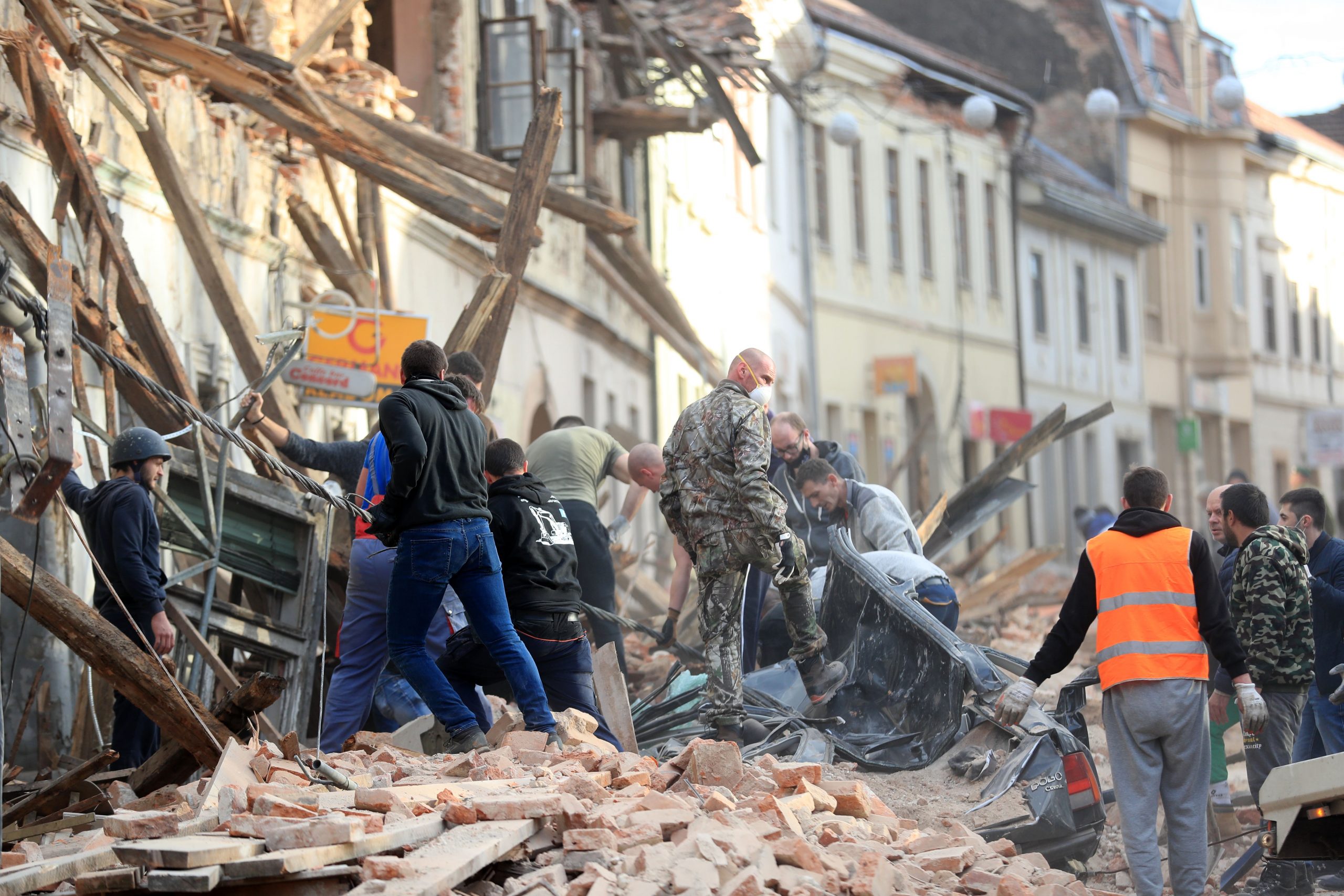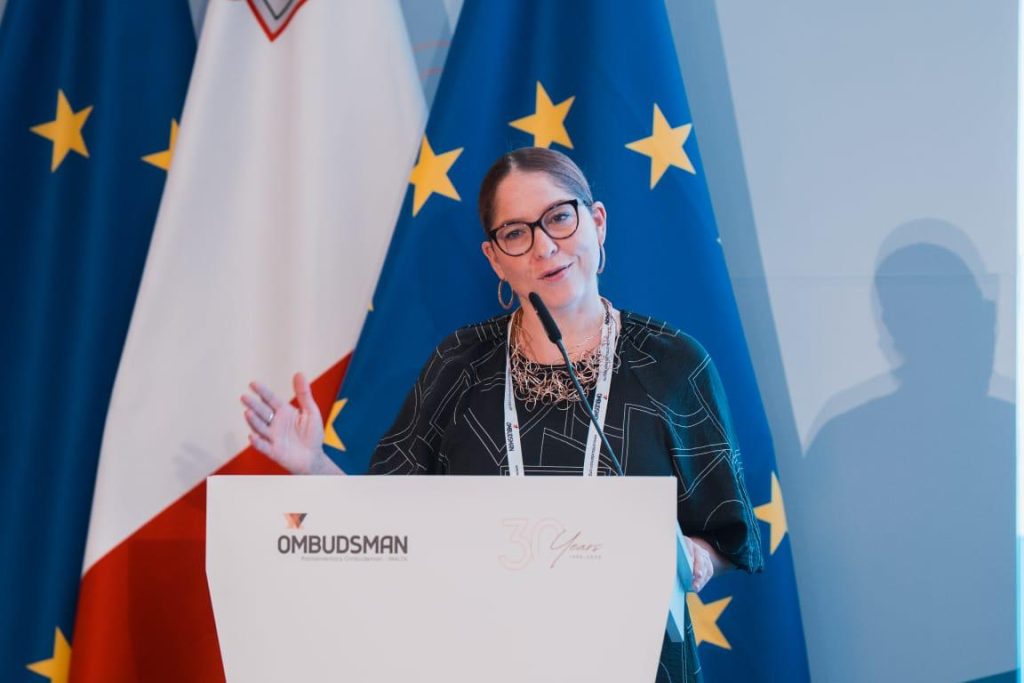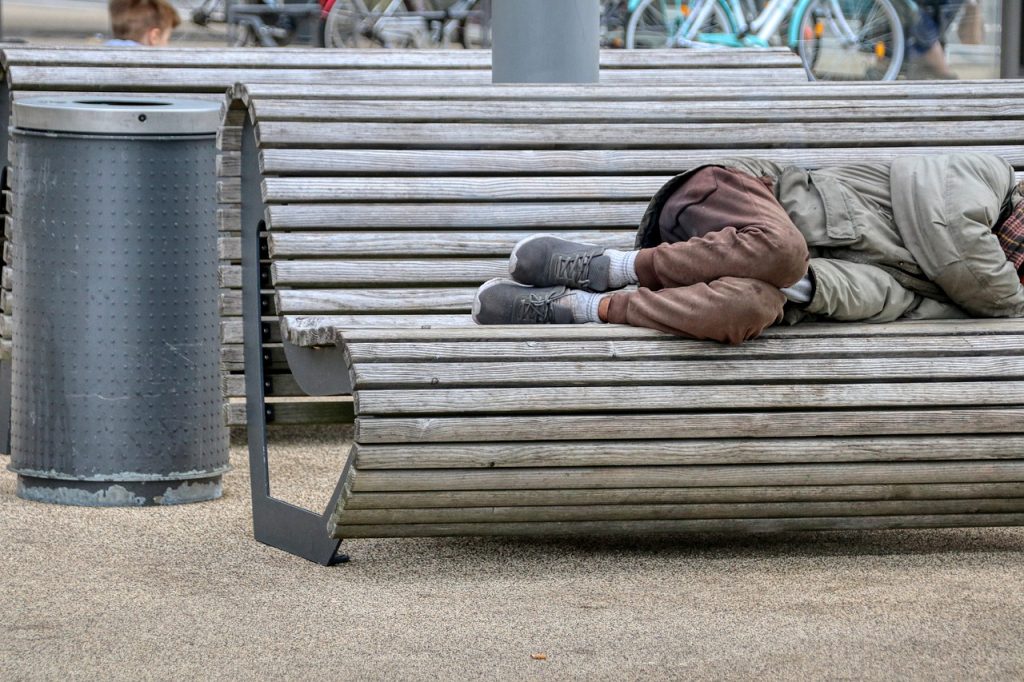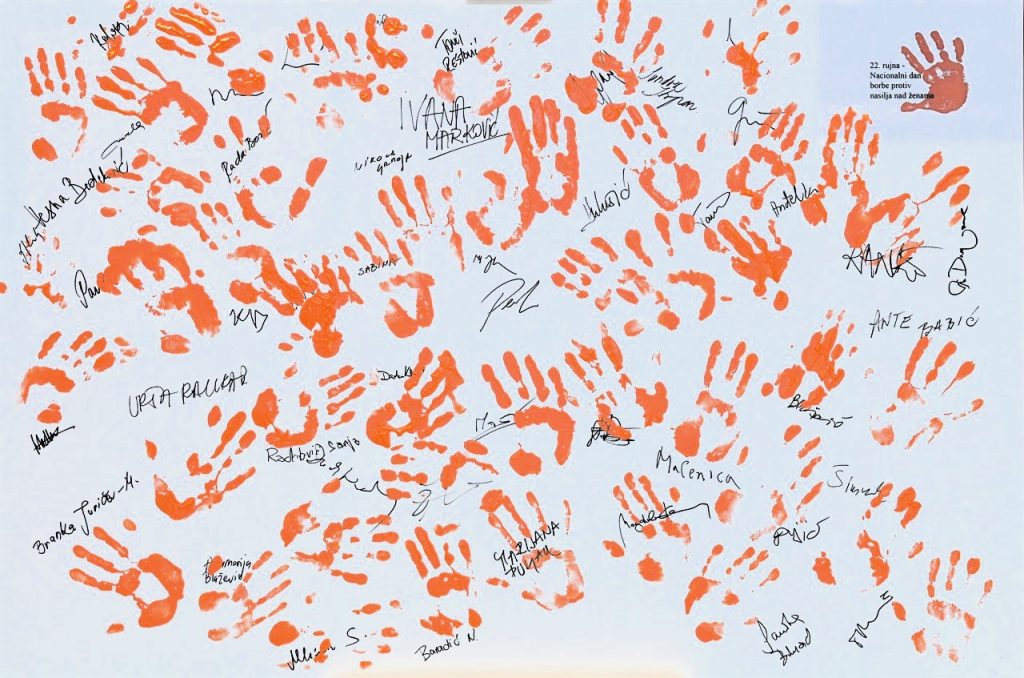The catastrophic consequences of the two earthquakes that struck the Sisak-Moslavina area on December 28 and 29, 2020, remain very much present. Currently, three major problems persist. The first is that reconstruction is moving too slowly, largely due to legal frameworks and their implementation, complex and demanding procedures, the stakeholders involved, and their capacities. The second problem is poor communication with earthquake victims — information is not fully accessible or properly conveyed, leaving people uncertain about what to expect even after so much time has passed. The third problem is that emergency crisis accommodation in containers has turned into a long-term living arrangement.
Because there has been no significant progress in rebuilding their homes, many people who lost their roofs will, unfortunately, spend their third winter living in containers and other forms of temporary housing. This situation greatly restricts their right to decent housing and their right to family life and a home.
In the context of protecting and promoting the human rights of earthquake victims and other citizens, we visited the affected area of Sisak-Moslavina County multiple times this year, including visits to container settlements in Petrinja and Glina, to learn firsthand about the problems and challenges faced by those living there.
During visits to Petrinja and Glina, it became clear that reconstruction is barely visible — almost no new replacement houses have been built, and damaged buildings, which are often dangerous, are still everywhere. Sadly, the reality on the ground shows that for most victims the situation is not improving or is changing very slowly. Many still believe they will live in containers for years, and some even think they may die before their homes are rebuilt.
An analysis by humanitarian coordinators in Sisak-Moslavina County from summer 2022 shows that the need for support among victims remains urgent, just as it was a year ago. The analysis revealed that poverty, unfavorable demographic trends (aging and economic emigration), and past traumatic experiences have combined to create multiple vulnerabilities for a large portion of the population, especially the most vulnerable groups. Around 3,500 families lost their homes and were relocated to mobile housing units, either in organized container settlements or in private yards, while 6,000 households receive monthly food packages through humanitarian aid.
The assessment of needs shows that all forms of crisis support are still necessary, while financial support and fieldwork by public services and humanitarian organizations have decreased. More than 80% of surveyed vulnerable individuals still suffer psychological effects two years after the earthquake, mainly fear and insomnia, and over 70% feel that information is not being provided properly.
Many people living in container settlements have complained about the slow pace of reconstruction and the lack of information about the status of their homes, as well as problems with the containers themselves, both in summer and winter. Containers were intended as temporary solutions, recognizing that they do not provide satisfactory living conditions, especially during cold and damp periods when heating is difficult. Unfortunately, the slow reconstruction process has turned these temporary solutions into multi-year stays, forcing victims to spend their third winter in containers instead of more adequate housing.
Currently, the key problems remain slow reconstruction due to complex legal and procedural issues, poor communication with victims, and emergency container accommodation becoming long-term housing.
We therefore reiterate some recommendations from the Ombudswoman’s 2021 Report. The Ministry of Spatial Planning, Construction, and State Property should clearly define and communicate timelines and the scope of reconstruction for family homes and apartment buildings in earthquake-affected areas. Local governments, the Central State Office for Reconstruction and Housing, and the Ministry should urgently relocate residents living in containers to more suitable buildings.
The recent death of a small child in a container is a painful reminder that container living is not an adequate long-term solution, especially for the most vulnerable.
It is important that reconstruction, besides being significantly accelerated, is also systematic and comprehensive, including material rebuilding and social and economic revitalization of the entire region.
Two years after the earthquakes, the impression remains that responsible institutions have not done enough. This must urgently change, and reconstruction must be intensified and made comprehensive to normalize life in the area as much as possible.
More about the earthquake’s impact on human rights and our recommendations can be found in the Ombudswoman’s 2021 Report.





